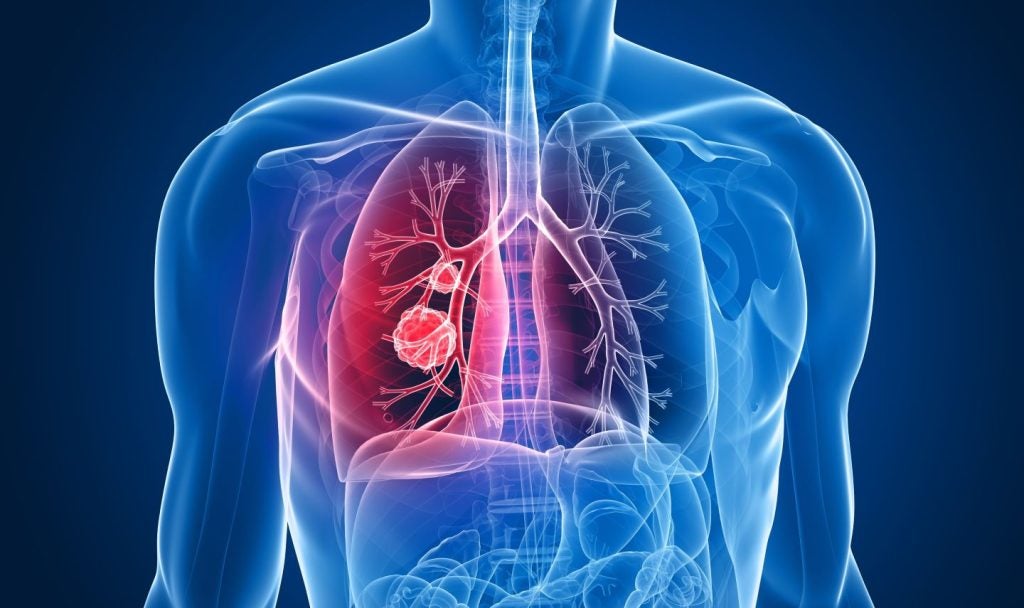The European Society of Medical Oncology (ESMO) 2017 conference in Madrid, Spain featured several discussions on programmed cell death-1 (PD-1) and programmed cell death ligand-1 (PD-L1) therapies. Among these discussions, were how to best utilise PD-L1 as a biomarker for patient selection and how to influence expression levels of the biomarker.
Excluding Bristol Myers Squibb’s (BMS’s) Yervoy (ipilimumab), there are currently five approved I-O drugs: Merck’s Keytruda (pembrolizumab) and BMS’s Opdivo (nivolumab) are both programmed cell death (PD-1) inhibitors; while Roche’s Tecentriq (atezolizumab), AstraZeneca’s Imfinzi (durvalumab), and Pfizer/Merck KGaA’s Bavencio (avelumab) are programmed cell death ligand 1 (PD-L1) inhibitors. While all of these therapies are seeking expansions into additional tumour types and lines of therapy, Keytruda and Opdivo were the first two approved and have racked up the most FDA approvals. Importantly, combination strategies are being investigated for all of these FDA approved drugs.
Most labels for PD-1/PD-L1s do not require biomarker testing, in part because biomarker expression is not the only factor that determines patient response. The ability to influence the expression of PD-L1 in “negative” or “low” subsets is an active area of research. Tumours may theoretically be altered into an “inflammatory” state by coaxing a response to PD-1/PD-L1 therapies through careful design and execution of therapeutic combination strategies.
Multiple therapeutic designs were discussed during ESMO 2017, as I-O/I-O combinations, I-O/vaccine combinations, I-O/targeted therapies, or I-O with traditional chemotherapy or radiotherapy. The goal of each strategy is to influence the tumour microenvironment and harness the power of the patient’s own immune system to kill the tumour. Theoretically, patients who are unlikely to respond can be switched to an immunogenic status, with PD-L1 positive status.
On the other side of the coin, some patients deemed “PD-L1 high” expressers still may not respond to therapy, or, initial responders can acquire mutations that allow tumour escape. In a session on tumour resistance, Dr. Grant McArthur of the MacCallum Cancer Center in Australia and Dr. Antoni Ribas of the University of California, Los Angeles discussed pathways that are altered in primary resistance and in acquired resistance, respectfully. Mutations in the cell’s metabolic pathway may incur primary resistance and is a potential target for drugs targeting indolaimine-2, 3-deoxygenase (IDO) or lactate dehydrogenase (LDH).
See Also:
IDO inhibitors, in particular, have garnered substantial interest. As a testament to this, Incyte’s epacadostat is in Phase III trials for melanoma as an IDO/PD-1 combination. Acquired resistance is typically through different pathways. Research has pointed to aberrations in cytokine signalling, including the JAK/STAT/interferon pathways, with the hopes of therapeutic strategies to target these subsets of patients as well.
How well do you really know your competitors?
Access the most comprehensive Company Profiles on the market, powered by GlobalData. Save hours of research. Gain competitive edge.

Thank you!
Your download email will arrive shortly
Not ready to buy yet? Download a free sample
We are confident about the unique quality of our Company Profiles. However, we want you to make the most beneficial decision for your business, so we offer a free sample that you can download by submitting the below form
By GlobalDataWhile I-O inhibitors have come a long way over the past few years, there is still more to learn. First, the assay must be optimised to select for the proper patient and eliminate sources of error, as discussed in “Part 1” of this Biomarker review. Secondly, we must understand how to select the proper patients for such therapeutic offerings. Some patients may benefit from PD-1/PD-L1 monotherapy, while others may require a “push” from a complementary mechanism of action. Such discoveries will impact patient response; patient quality of life, which is impacted by combined drug toxicities; and healthcare spending, as the combination strategy is more expensive and should be utilised only in patients who require the second drug. Oncology is quickly shifting towards more personalised care, and we will undoubtedly continue to hear more about the “right patient, right drug, right time” strategy.








Related Company Profiles
Incyte Corp
BioMarker Kft